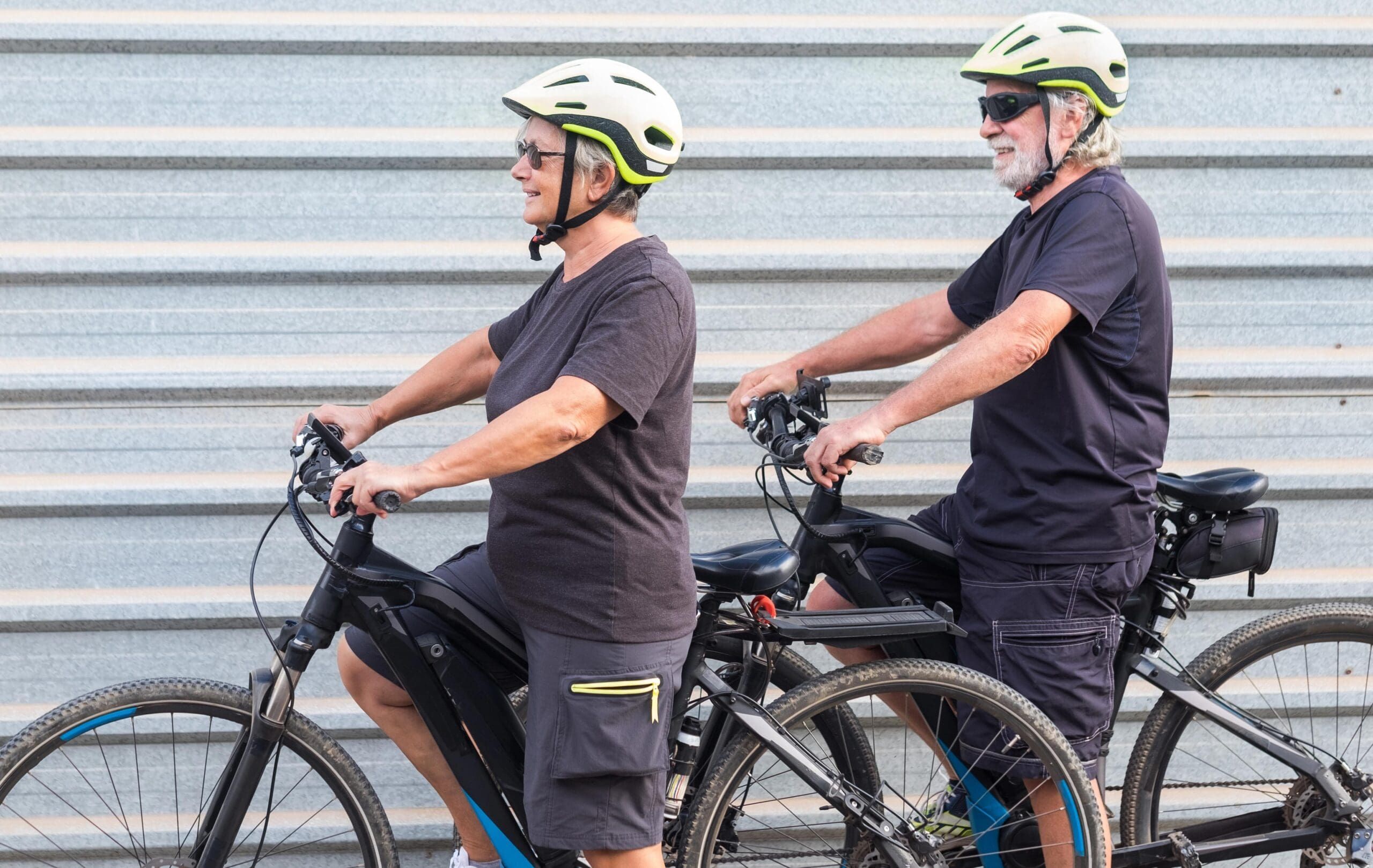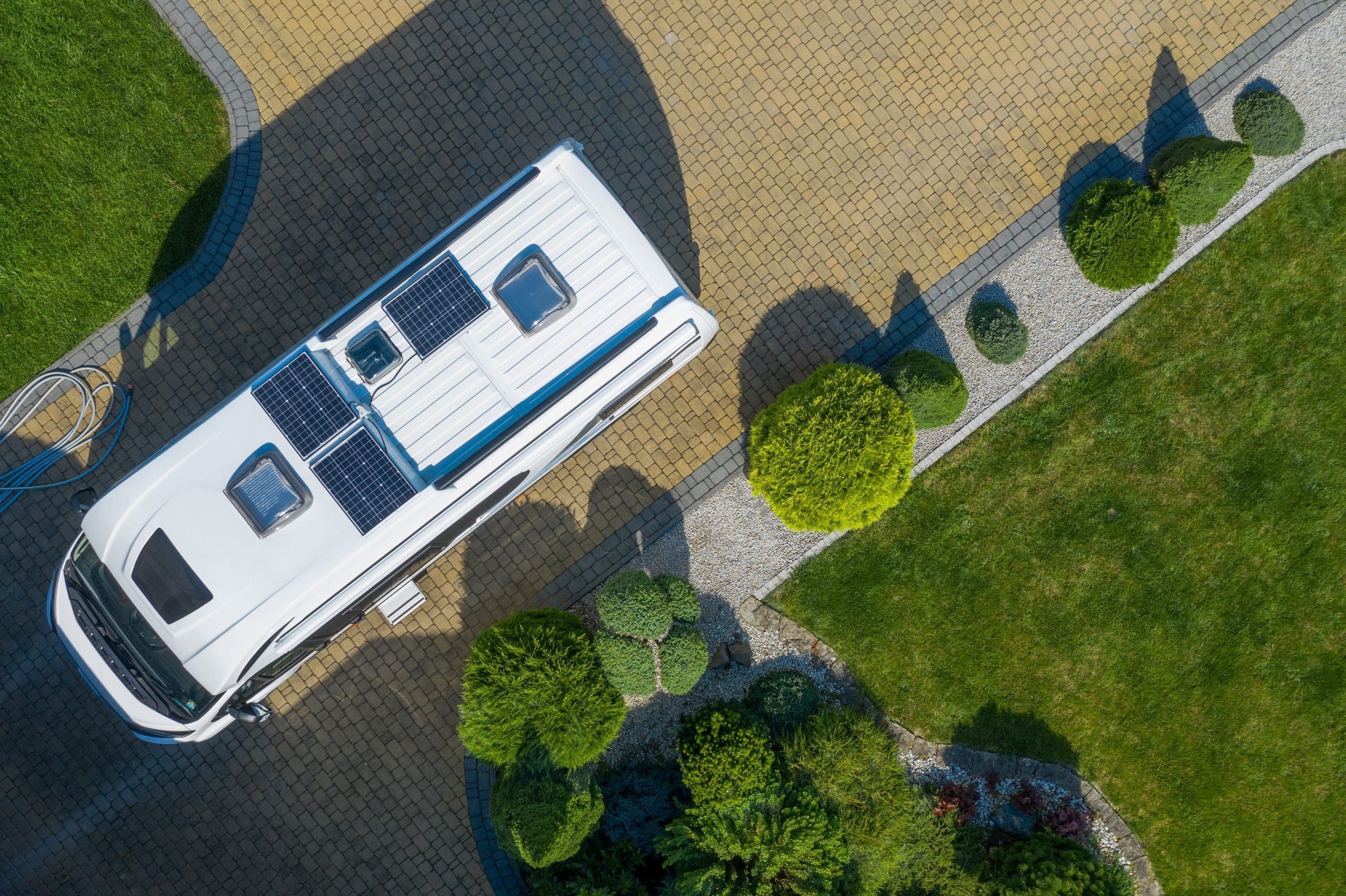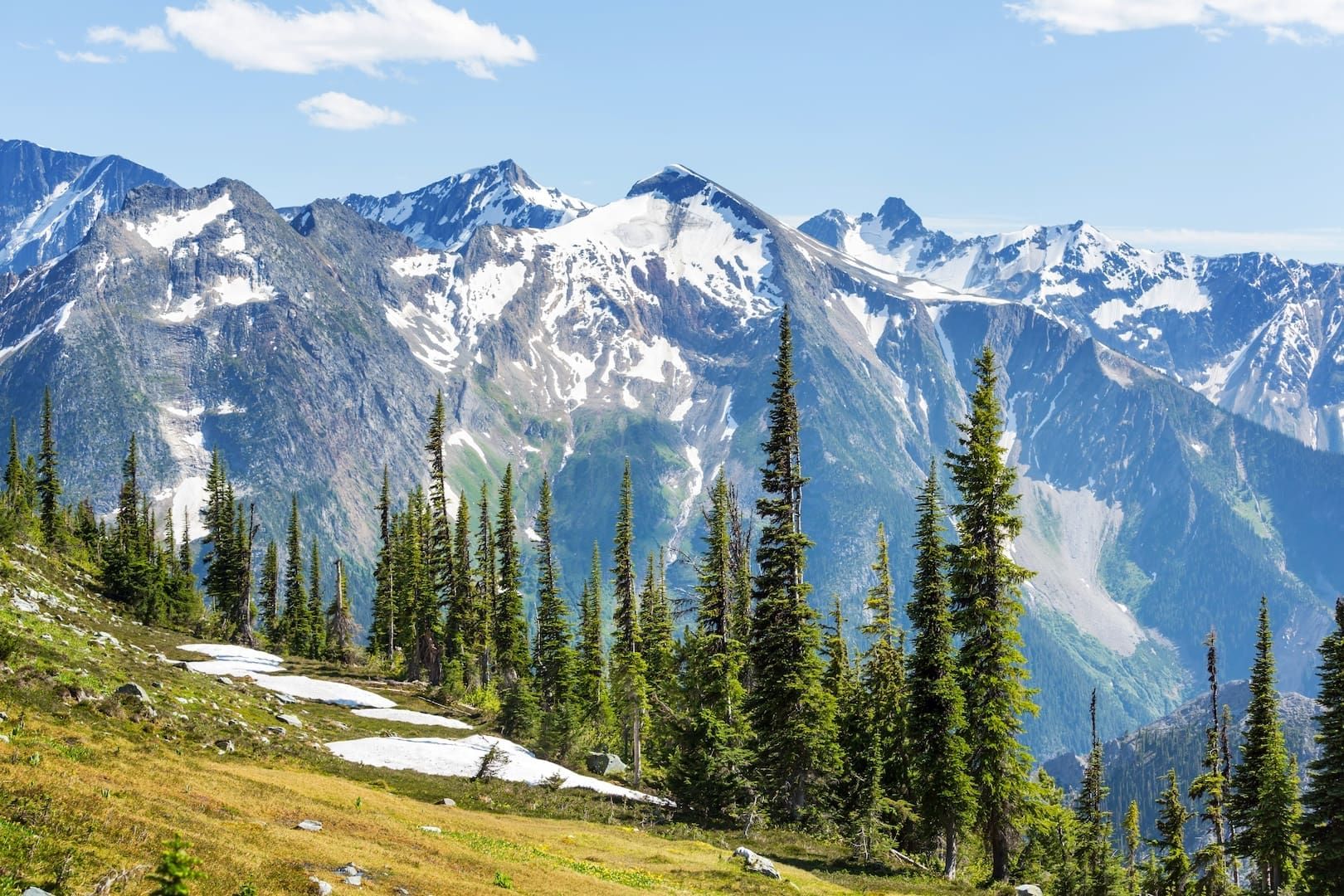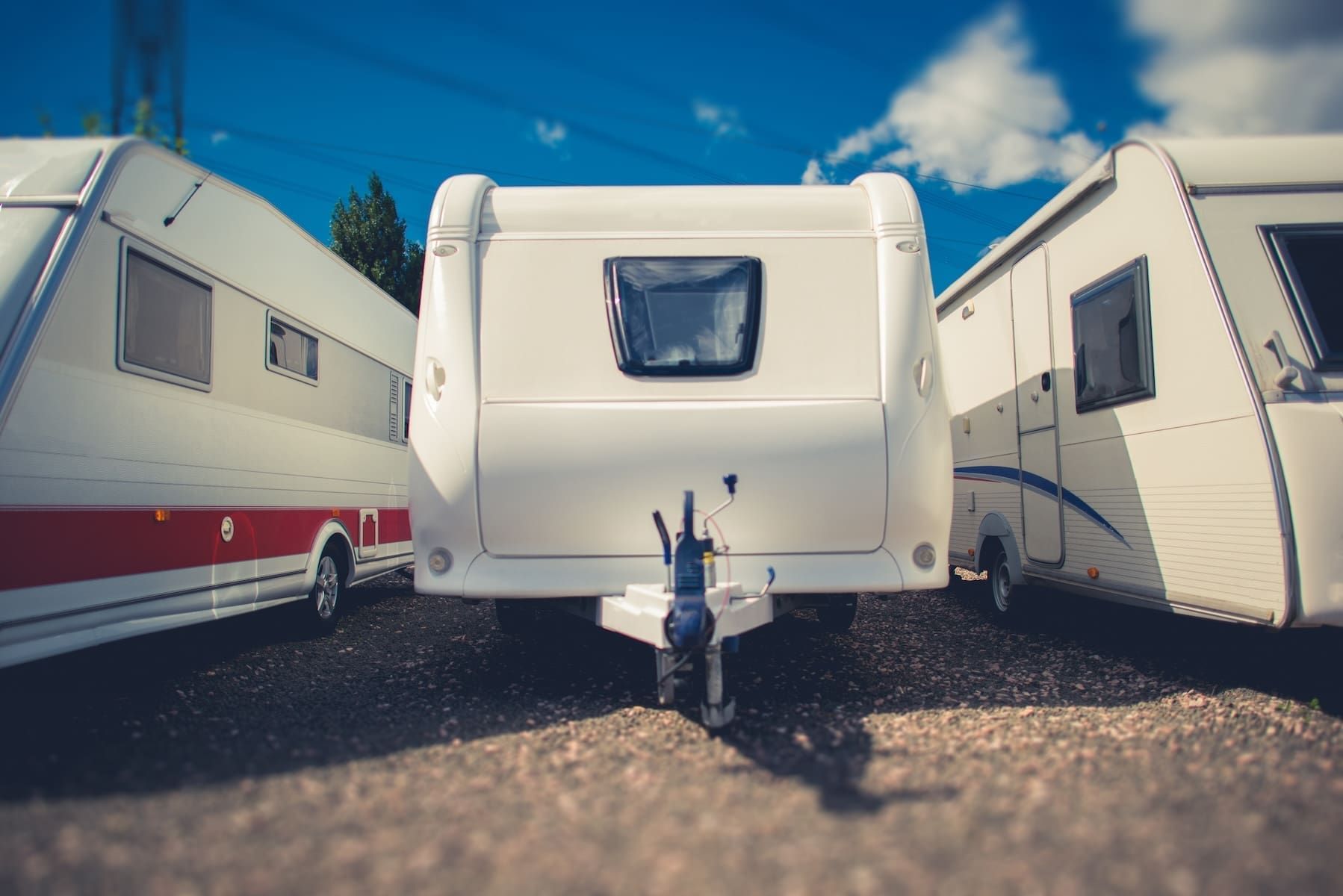As RV enthusiasts, we have a responsibility to preserve the natural beauty of the great outdoors. That’s where the Leave-No-Trace principles come in. By adopting these principles, we can minimize our impact on the environment and ensure that our natural resources are protected for future generations to enjoy.
Here are the Leave-No-Trace principles for RVing:
Plan & prepare: Proper planning and preparation can help minimize your impact on the environment. This includes researching campgrounds, packing appropriately, and knowing the rules and regulations for the area you are visiting.
Travel and camp on durable surfaces: Stick to established roads, trails, and campsites to minimize the impact on vegetation and soil. Avoid driving off-road or setting up camp in undesignated areas.
Dispose of waste properly: Pack up all trash, leftover food, and litter. Dispose of human waste in appropriate waste receptacles.
Leave what you find: Preserve natural areas by leaving rocks, plants, and other natural features as you found them. Avoid disturbing wildlife or feeding them.
Minimize campfire impact: Use established fire rings, stoves, or fire pans to minimize impact on the environment. Follow all fire safety regulations and do not collect firewood from the area.
Respect wildlife: Observe wildlife from a distance and do not disturb their natural habitats. Store food securely to avoid attracting animals to your campsite.
Be considerate of other visitors: Respect other campers and their right to enjoy the outdoors. Keep noise levels down and avoid overcrowding in campsites.
By following these principles, we can minimize our impact on the environment and preserve natural resources for future generations. Let’s all adopt this philosophy and do our part to protect our planet.








